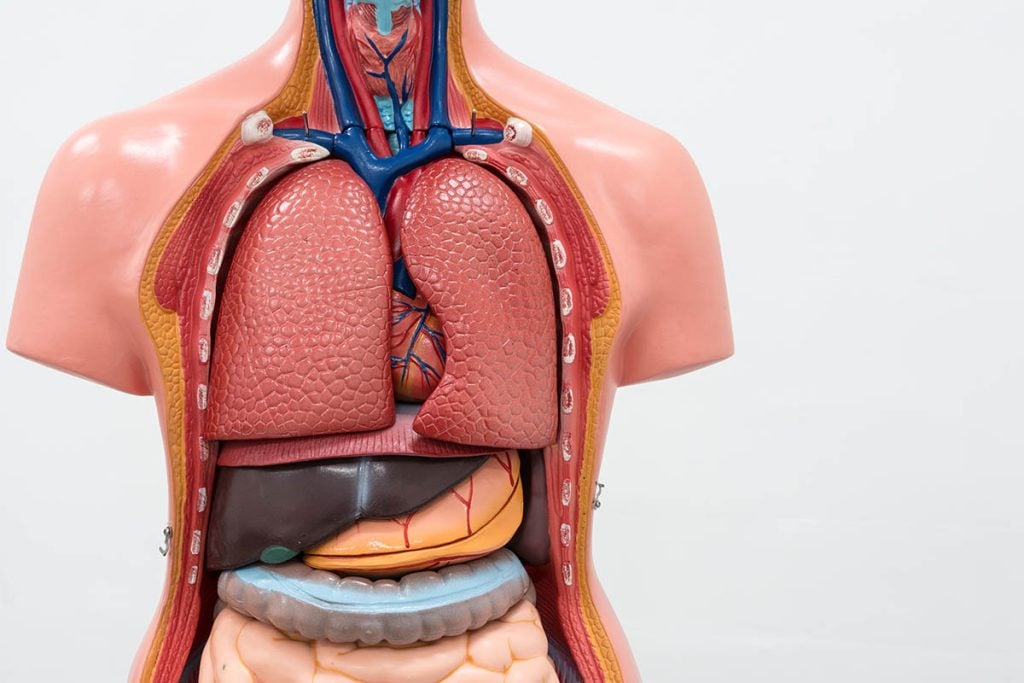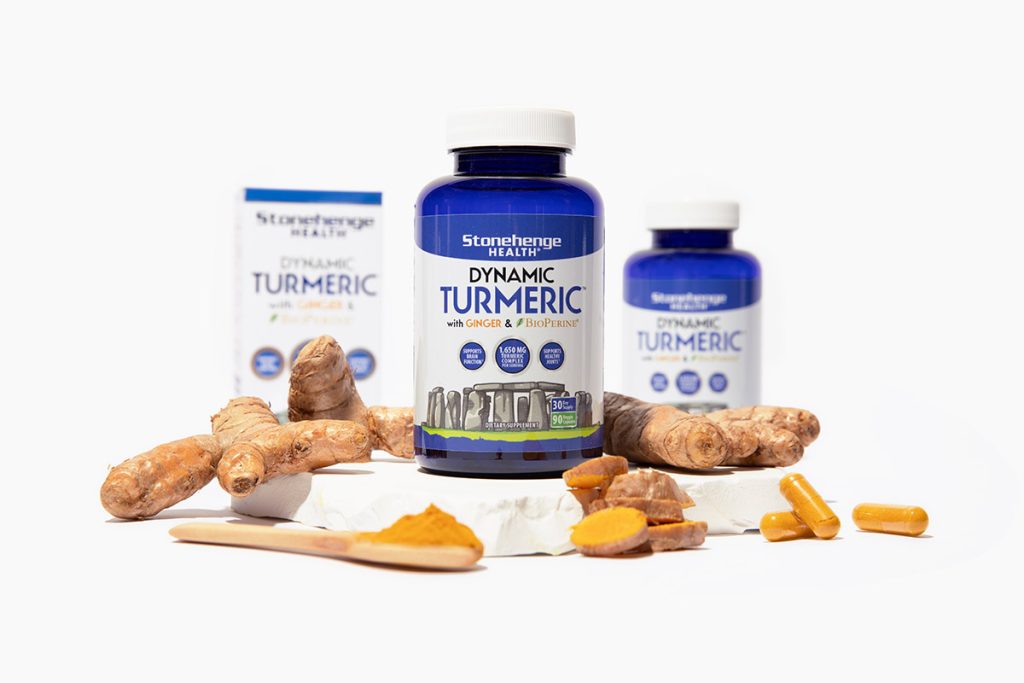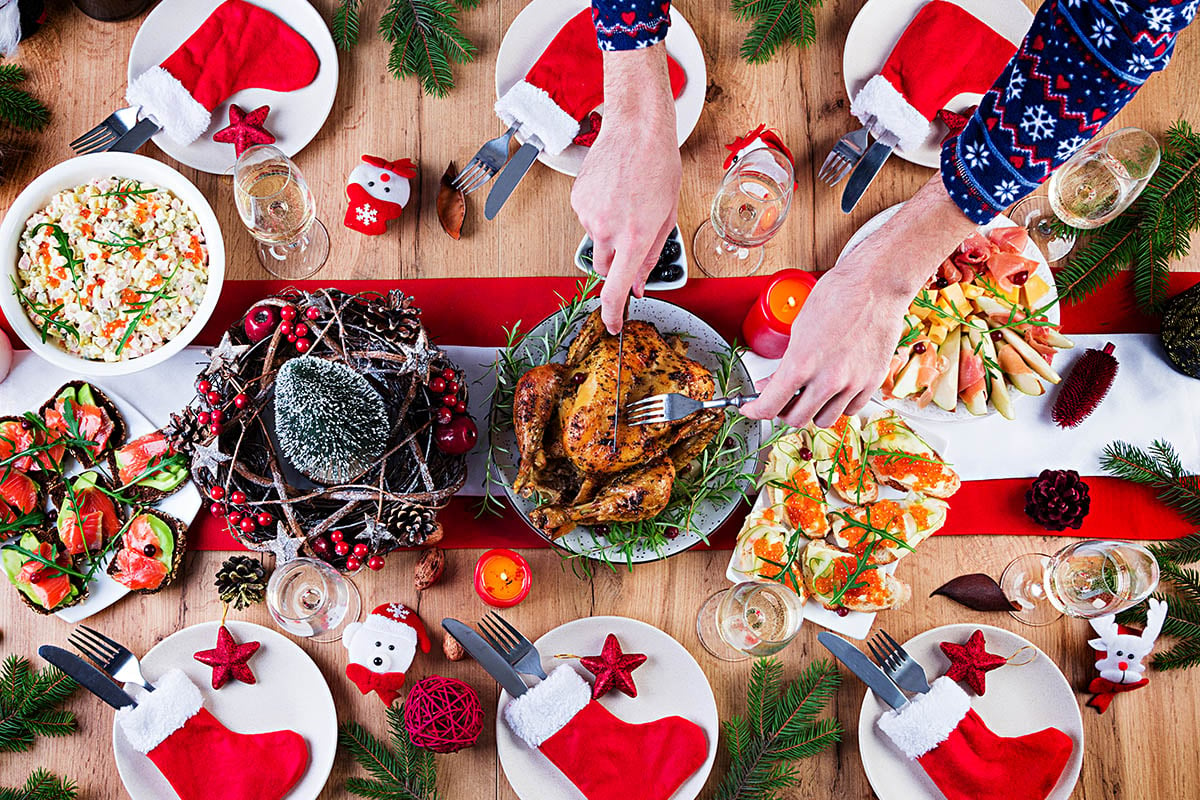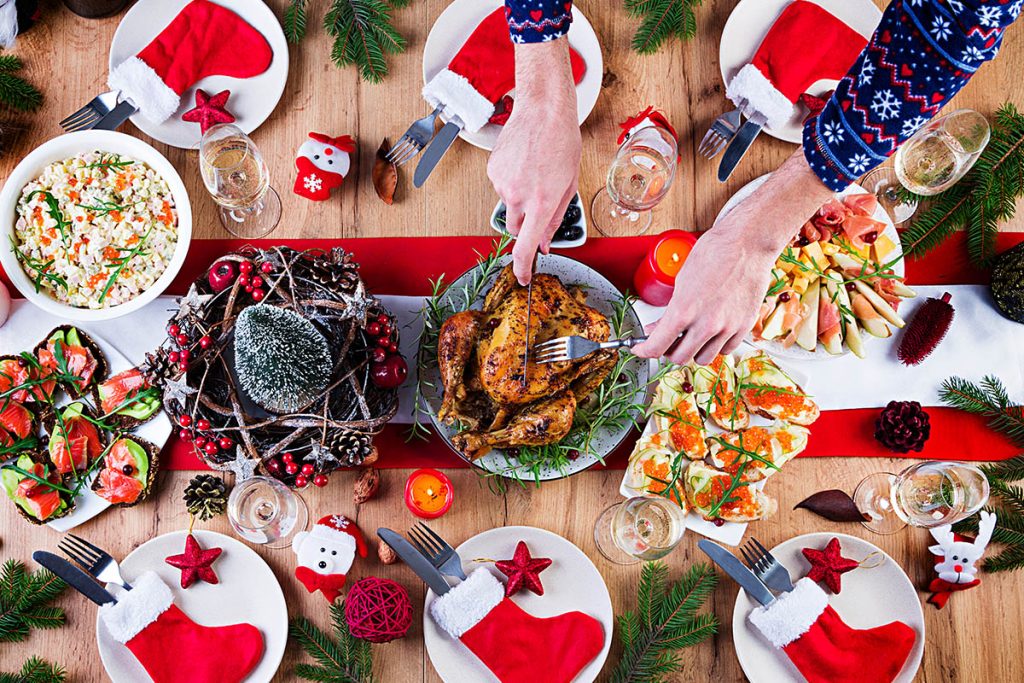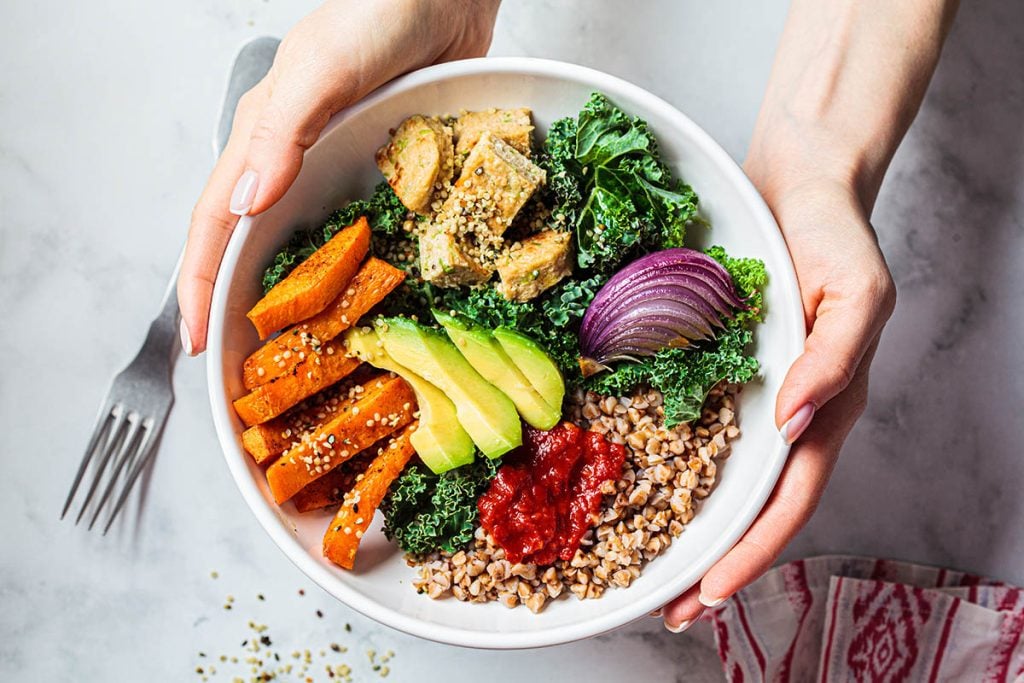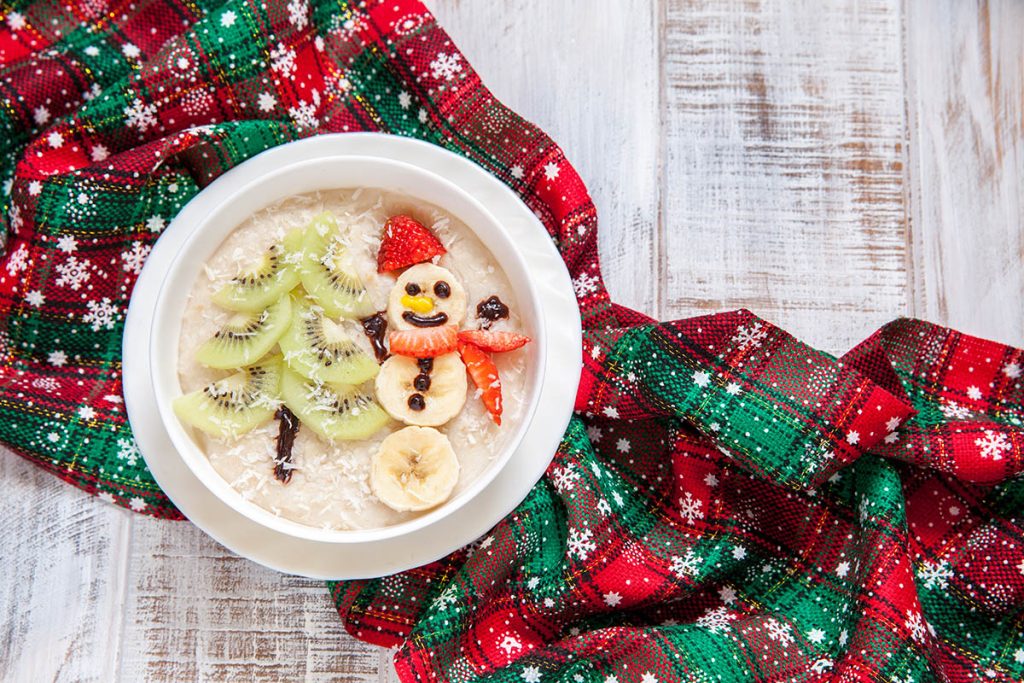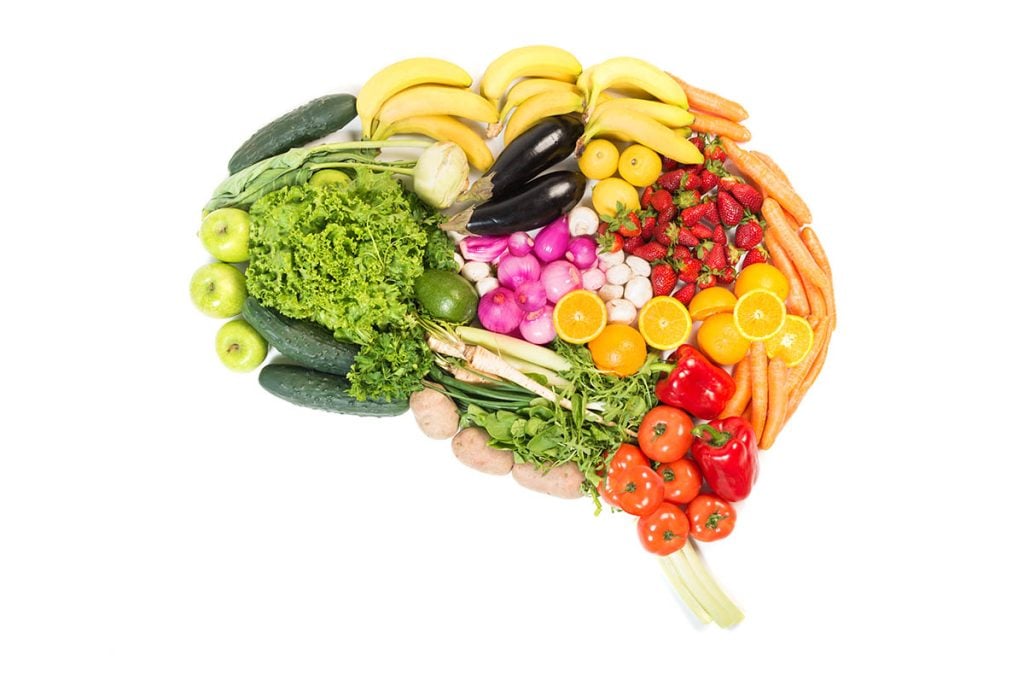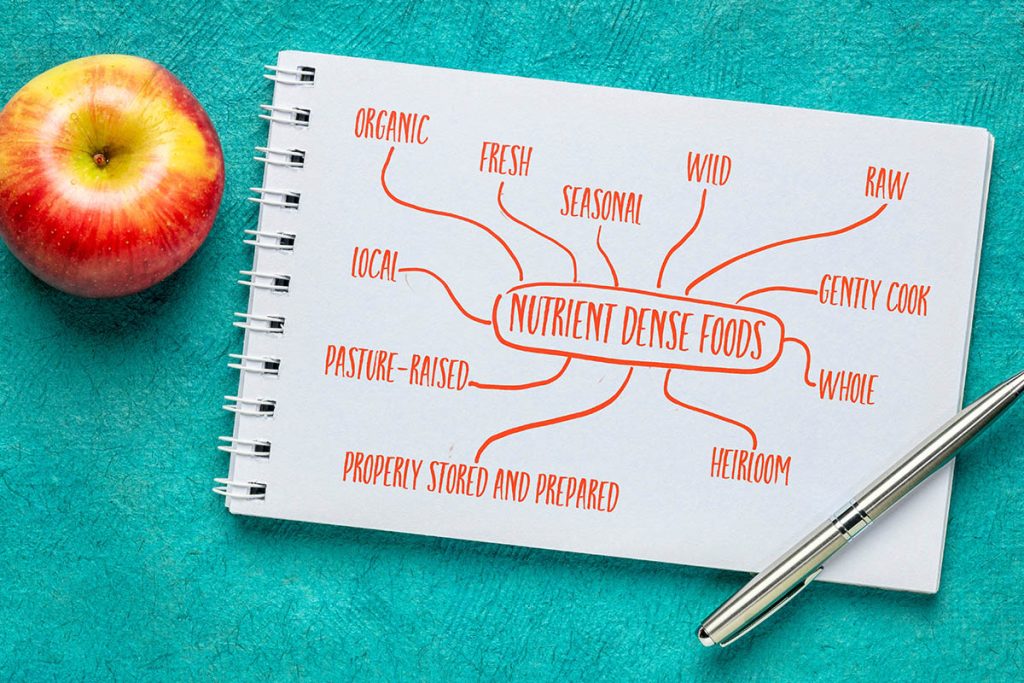
We’ve all been there. You’ve been busy enjoying your life, and suddenly, you look in the mirror and aren’t happy with who’s looking back.
If the extra pounds have snuck up on you, for many, the go-to answer is dieting, but…
83% of diets fail!
At least according to research published by UCLA Health.1
Does that really mean nobody sticks to a diet?
In short, yes.
But to fully understand the impact on your weight loss, nutrition, and chronic disease management, it’s a lot more helpful to look at what these two terms mean:
1. Diet
2. Failure
At its core, a diet is simply the food and beverages you ingest. A diet can be designed to facilitate weight loss or other health objectives, or it can be based on cultural or lifestyle choices like Mediterranean, Paleo, Keto, Vegan, or because of religious mandates, etc.
Failure, in terms of dieting, usually refers to either regaining the weight you lost on account of dieting or simply abandoning the diet’s food selection criteria entirely.
The statistics shed some light on the issue:
• 42% of adults globally are attempting to lose weight
• 23% are trying to maintain their weight
• 45 million Americans go on a diet each year
• Americans spend $33 billion each year on weight loss products2
If diets have failed for you in the past, you’re not alone.
Clearly, a substantial effort is put into dieting, so why do so many people not see success?
Top 3 reasons most diets fail
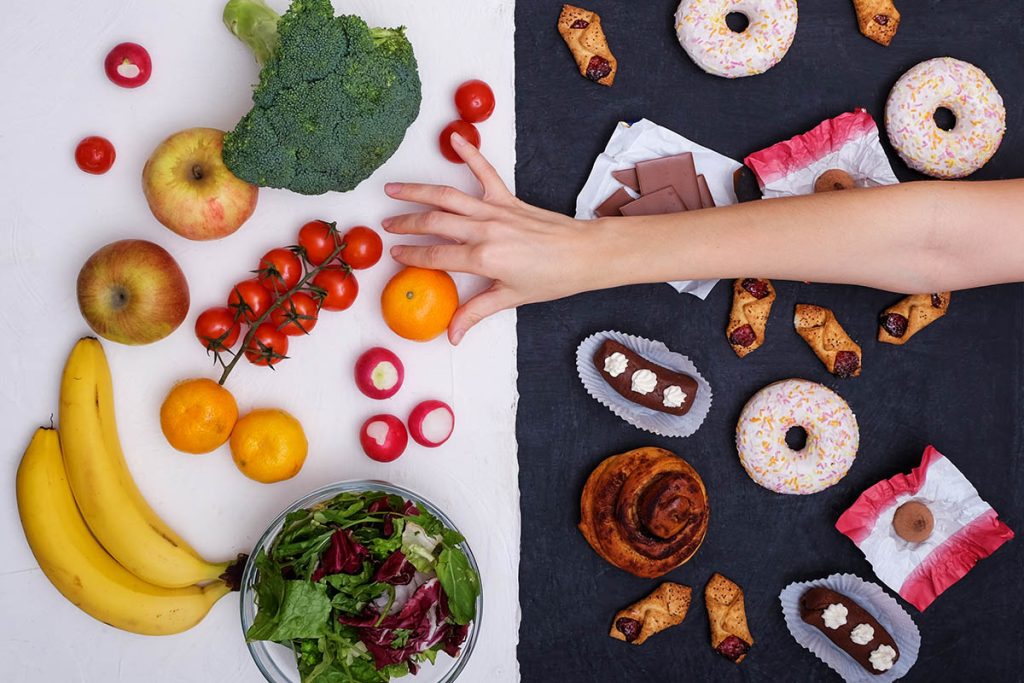
There’s no singular reason why dieting efforts fail at such a high rate, but as we researched studies, there are three recurring themes that tend to stand out:
1. Unsustainable methods
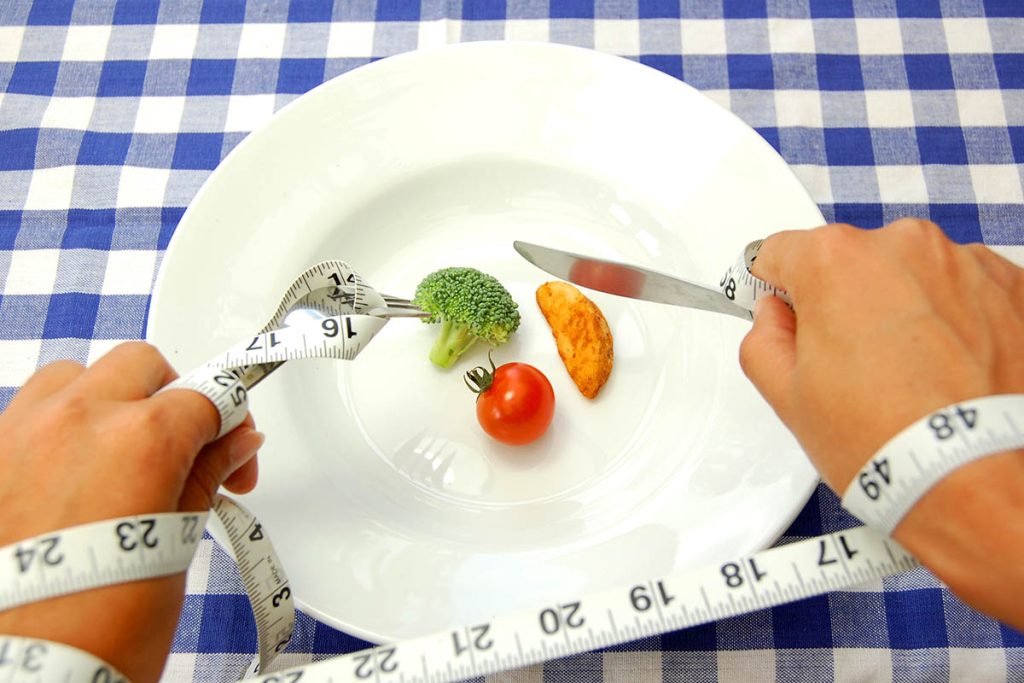
Many diets are based on restrictive or unsustainable methods that are difficult to maintain long-term. Unsustainable methods can include severe calorie restriction, eliminating whole food groups, or relying on meal replacements.
Basically, trying to upend a major part of your life abruptly, the amounts or types of food you eat have about the same shelf life as the average New Year’s resolution, short-lived.
2. Psychological factors

Psychological factors, such as emotional eating, stress, and lack of motivation, play a significant role in the failure of diets. Many diets do not address these underlying issues, which can lead to their failure.
As life events unfold and inevitably bring stress into your life, it can be too easy to slide back into the comfort of unhealthy foods. Or, you may find that the nature of your stress has simply de-prioritized your diet in favor of dealing with the new stressors.
3. Metabolic adaptations
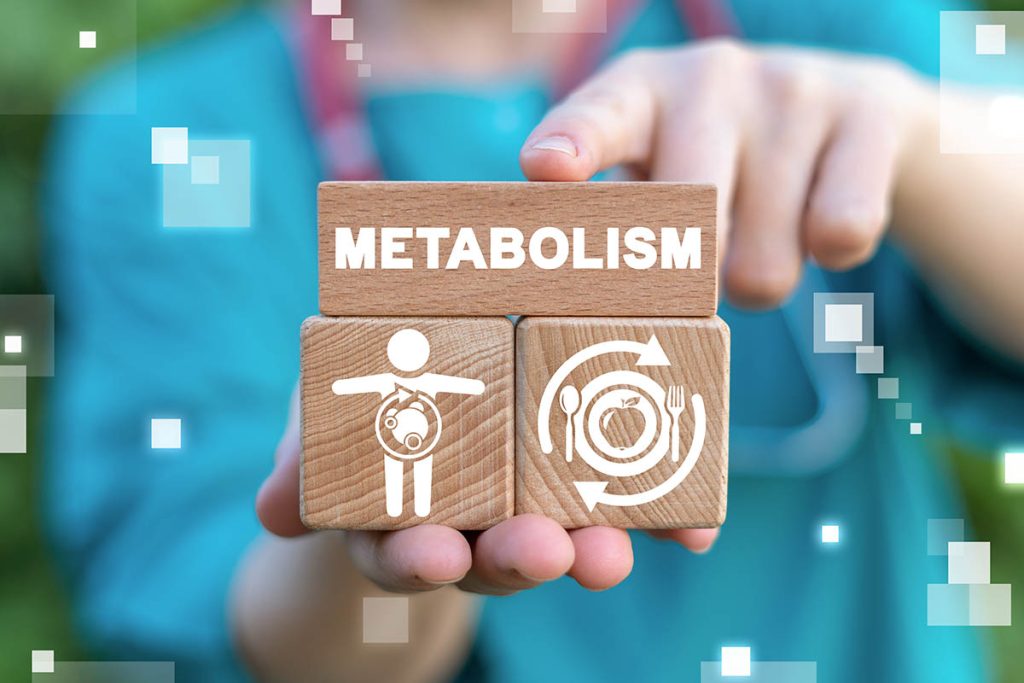
The body can adapt to lower calorie intake by slowing down metabolism, making it harder to lose weight over time and easier to regain the LBs once normal eating patterns are resumed.
When your body fights against your plan to diet, this can be particularly frustrating because you’ve done so much hard work from a mental perspective. Luckily, there are ways to enhance your body’s response to the foods you eat.
One method of helping to regulate your body’s response to food is through adding digestive enzymes.
Helping Your Body Digest

Incredible Digestive Enzymes from Stonehenge Health is a blend of 18 multi-functioning enzymes specially formulated to help you digest your food the way your body was meant to – without having to think and worry about discomfort.*
If you struggle with digesting protein, carbs, dairy, fiber & gluten, Incredible Digestive Enzymes helps promote a healthy digestive system and relieve occasional gas, bloating, and stomach discomfort. *
Now, you can enjoy the healthy foods you love without planning your day around the inconvenience of occasional digestion woes.

Sources:
1. uclahealth.org/news/dieting-does-not-work-ucla-researchers-report
2. livestrong.com/article/13764581-weight-loss-statistics/







